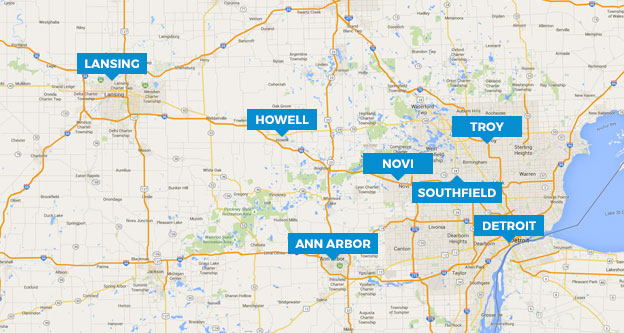There are limitations for how long someone has to collect their refund, and there are two rules to go along with the limitations.
Rule 1
The first states that if after three years the tax return has still not been filed then the refund expires. For example if a 2016 tax return is due by April 18, 2017, the refund expires after April 18, 2020. That rule is called the due date rule. The due date rule is the most common.
Rule 2
The other rule slides through the cracks sometimes. This rule states that after two years from the date the taxes were paid someone could claim their refund. For example, same employee as above, a W-2 wage earner their last paycheck was on December 31, 2016, under this rule, they would have until December 31, 2018 to collect their refund.
Use whichever rule provides more time to collect. So in this case the employee would have until April 2020 to file and collect their tax refund using the due date rule.
Statute of Limitations
Likewise, the IRS only has three years to audit a tax return, then 10 years to collect any taxes owed. There is also the deadline for when someone must file his or her return by. All of these laws together create the Statutes of Limitations. Under the statutes of limitations, if the money is not collected in the time allotted the government keeps the money. The taxpayer cannot obtain the money, nor can it go towards future taxes.





